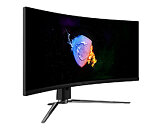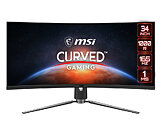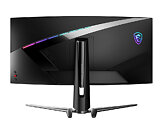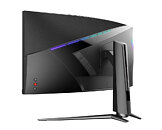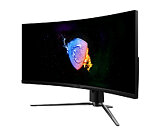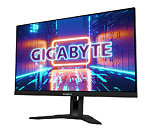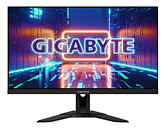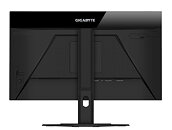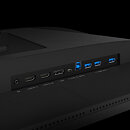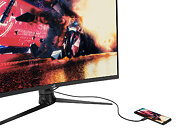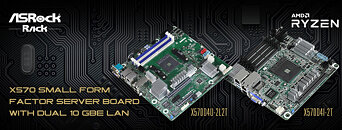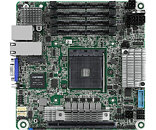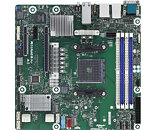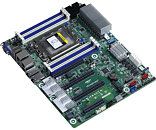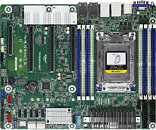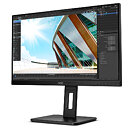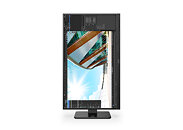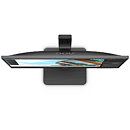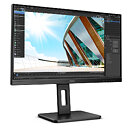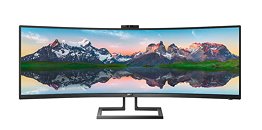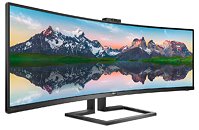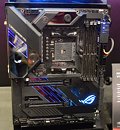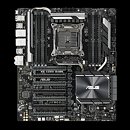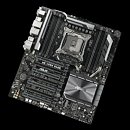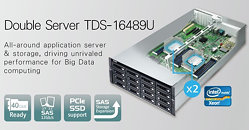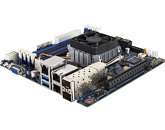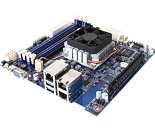
MSI Announces AM242 and AM272 Series AIO PCs and Modern MD272 Series Monitor
MSI, a world leader in high-performance and innovative computing solutions, announced the Modern AM242 and Modern AM272 Series All-in-One PCs. Featuring the exclusive software MSI Cloud Center, they can bring you a private cloud and help backup of your files between the mobile devices (Android & iOS) and Modern AM242 & AM272 Series. Their eye care technologies, built-in Full HD webcam, and ergonomic design with an IPS panel bring a wide viewing angle and enhanced viewing experience. Both models are designed with efficiency and productivity in mind.
The exclusive Cloud Center allows users to backup and download photos, videos, and any other files between the Android or iOS devices and Modern AM242 & AM272 series All-in-One PC. Just one click and it will automatically backup all of your photos & videos to the specific storage you want within a private intranet environment which ensures a safer private cloud environment. You can make these files accessible to your family or team members, or you can also make files as private as you want and you're the only one who can access them. The decision is in your hands.
The exclusive Cloud Center allows users to backup and download photos, videos, and any other files between the Android or iOS devices and Modern AM242 & AM272 series All-in-One PC. Just one click and it will automatically backup all of your photos & videos to the specific storage you want within a private intranet environment which ensures a safer private cloud environment. You can make these files accessible to your family or team members, or you can also make files as private as you want and you're the only one who can access them. The decision is in your hands.































